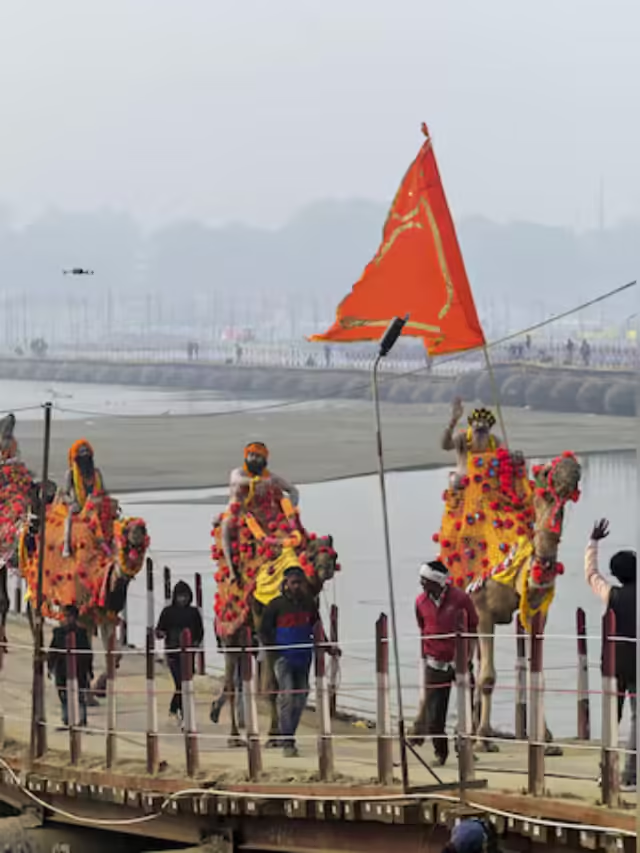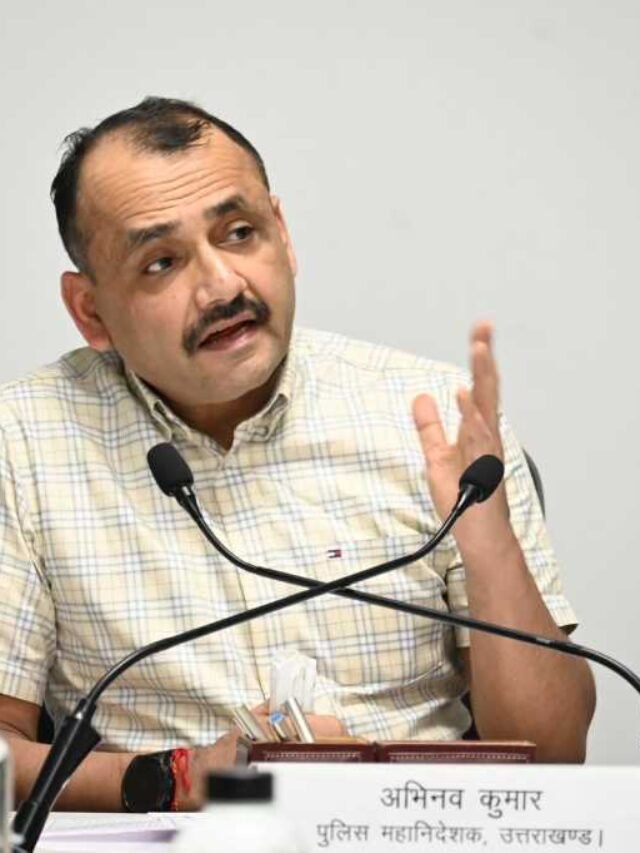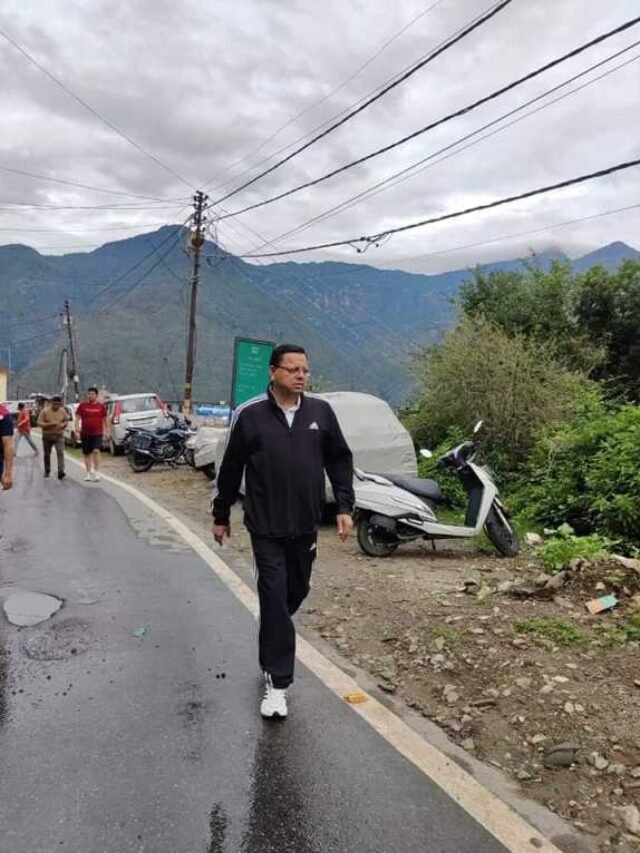New Delhi: An extensive 700-page report, jointly compiled by eight government-run institutes, has shed light on the fragile soil capacity in the Uttarakhand town known as the ‘sinking town,’ Joshimath. The report underscores that the region is susceptible to high-magnitude earthquakes, necessitating immediate and critical action.
Joshimath has been divided into four zones – ‘red, black, yellow, and green’ – based on the level of risk associated with land subsidence or ground settling.
Ranjit Sinha, Secretary of the Uttarakhand Disaster Management Department, stressed, “All construction activities within the high-risk zone in Joshimath will be subject to demolition.”
Notably, the report clears the National Thermal Power Corporation (NTPC) of any responsibility.
Previously, local residents had written to Chief Minister Pushkar Singh Dhami, expressing concerns about explosions occurring in tunnels related to the NTPC project. NTPC had vehemently denied any connection between its project and the situation in Joshimath.
- Advertisement -
These revelations come in the aftermath of the Uttarakhand High Court’s inquiry into the state government’s decision to withhold expert reports from the public.
The court declared, “We see no reason for the State to keep the reports prepared by experts confidential and not disclose them to the public at large.”
Earlier this year, eight prominent institutes – the Central Building Research Institute, Geological Survey of India, Wadia Institute of Himalayan Geology, National Geophysical Research Institute, Central Ground Water Board, Indian Institute of Remote Sensing, National Institute of Hydrology, and IIT – were tasked with evaluating ground subsidence in Joshimath.
The significant cracks that have emerged in Joshimath forced the entire town’s population to relocate for their safety.
Experts attribute this crisis to disorganized and chaotic infrastructure projects in the region, particularly a power plant that involved explosives and drilling in the mountains.
Joshimath is renowned as the “winter seat” of Lord Badrinath, with his idol transported from the main Badrinath temple to the Vasudeva temple in the town every winter. It also serves as the gateway to the Sikh holy shrine Hemkund Sahib.











